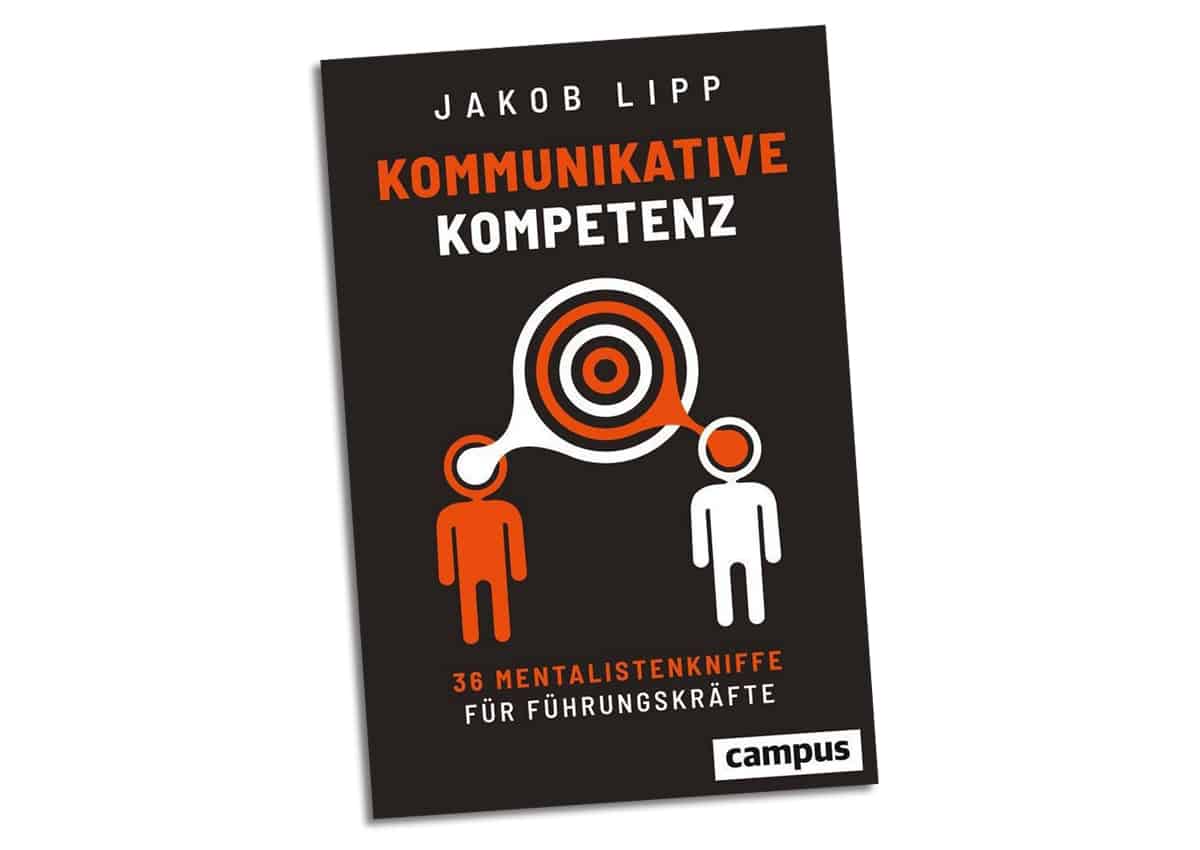Digital ecosystems: Enemies become partners
How to create value in a digital world - Value is no longer synonymous with value creation or shareholder value. Value also includes new customer perceptions of value, creating value thanks to new technologies, thanks to "beautiful" products with high value and, of course, new digital platform business models. At first glance, platforms and super apps from leading technology companies seem like [...]

What makes digital ecosystems so successful?
The focus is not on technology, but on the consistent integration of the participants in an ecosystem. The focus is on customers, suppliers and even the company's own competitors. The primary goal is to jointly create real innovation and added value for all participants across companies and industries - in the form of a Digital Ecosystem. "New technologies such as Cloud, APIs, Big Data and Analytics are just enablers that help to implement new data-centric business models in a fast, scalable and standardized way. Central to successful implementation are the consistent reconfiguration of the business model and the design of the ecosystem. Only a few companies have the necessary enterprise capabilities and expertise in this area. This is reflected, among other things, in the large number of job offers and new job profiles in the field of ecosystems," says Ralph Hutter, head of the new CAS Digital Product Lead HWZ and CAS Platforms & Ecosystems HWZ programs.Product development transforms radically
Product development is changing fundamentally: at its core is an increased focus on customers and design. The speed of innovation and technical complexity have increased substantially in recent years. New software development methods and management approaches such as agile, lean startup, etc. are being widely used to take account of this change. The role of the product manager is also changing radically due to the increasing importance of data and the use of new technologies. These include new interfaces such as AR, VR, IoT, voice, blockchain and gaming engines. The next generation of the internet, Web 3.0, is already on the horizon. Digital extensions via smart devices such as watches, glasses and new immersive user experiences with VR headsets in and around metaverse worlds enable new types of services, innovative business models and new touchpoints with the target clientele. The digital product lead is the new role designation for the leading product manager that is becoming established in start-ups and international companies. Digital Product Management is the key competence for transferring existing products and services to the next generation of the Internet, Web 3.0, and the emerging metaverse, or for launching completely new digital offerings based on new technologies.How to create value in a digital world?
Innovative digital products with the latest technology create real added value for customers and lay the foundation for digital ecosystems in which new digital business models can be developed. This is real "digital value creation". The Institute for Digital Business at the HWZ Zurich University of Applied Sciences offers further education in this area. The newly launched CAS Platforms & Ecosystems HWZ and CAS Digital Product Lead HWZ, which are led by Ralph Hutter, strengthen the understanding of this cultural change and offer a methodical toolbox for dealing with the challenges of new platform business models and the development of digital products and services. If desired, the two CASs can be combined with a further elective module to create a Master's degree with a specialization in "Digital Value Creation" (Master of Advanced Studies in Digital Business, Major Digital Value Creation). This program prepares graduates in a practice-oriented manner for a career step in the new job profiles in the field of ecosystem and digital product management. Source and information: HWZThis article originally appeared on m-q.ch - https://www.m-q.ch/de/digitale-oekosysteme-feinde-werden-zu-partnern/









 The newly developed claim "Staging Brands" puts the product in the spotlight, while expressive key visuals highlight the synergy between product and display and place the various areas of the company at the center. The animated CGI visuals are intended to convey the value of the brands and the implementations. "The new appearance is an interplay of form, animation and type, which flow together to create an unmistakable, meaningful and contemporary overall image. The focus is always on the customer experience," explains Emanuel Brunner, Creative Director of Displaysolutions.
The newly developed claim "Staging Brands" puts the product in the spotlight, while expressive key visuals highlight the synergy between product and display and place the various areas of the company at the center. The animated CGI visuals are intended to convey the value of the brands and the implementations. "The new appearance is an interplay of form, animation and type, which flow together to create an unmistakable, meaningful and contemporary overall image. The focus is always on the customer experience," explains Emanuel Brunner, Creative Director of Displaysolutions. 








 For the study, Qualtrics, a provider of experience management systems, surveyed more than 500 consumers in Germany about their opinion of customer and brand experiences. Half of those surveyed stated that they had stopped buying from a manufacturer because the customer experience they had experienced did not match the brand promise. The main reason cited by respondents was product quality (68 percent) - followed by poor customer service (62 percent) and a mismatch with the company's vision, values or stance on social issues (40 percent). "An excellent customer experience is crucial to the success of a brand," says Martin Meyer-Gossner, Experience Scientist at Qualtrics. "The brand is defined by everything the company does. It is embodied by the product and the customer journey and implemented by the employees. Take a delivery service, for example. If the delivery window is not met, it affects the experience with a brand." The importance of the customer experience for the brand is also made clear by the factors that will strengthen trust in the brand in 2022: customer service ranks just behind appropriate pricing, followed by concern for employees and not taking advantage of crises for one's own company. Going above and beyond the recommended safety standards rounded off the top five. For companies looking to stay relevant in an increasingly competitive market, the quality of products and services (74 percent) and customer service (59 percent) have more influence on consumers than marketing and advertising (43 percent) and social media presence (34 percent). "Understanding a company's purpose and communicating with its workforce is key to a good brand and customer experience. A company must have the right systems and processes in place to achieve this. The next step is to identify the moments in the customer journey that have the biggest impact on customer behavior. With these insights, companies can fulfill customers' wishes - exactly when it matters most. A brand's purpose, promise and values should be embedded in everything it does," adds Meyer-Gossner. Do not underestimate ratings Companies should not underestimate the importance of reviews. 95 percent of people have read a review before buying from a new vendor. If there was a bad review, 62 percent of people would probably not buy.
For the study, Qualtrics, a provider of experience management systems, surveyed more than 500 consumers in Germany about their opinion of customer and brand experiences. Half of those surveyed stated that they had stopped buying from a manufacturer because the customer experience they had experienced did not match the brand promise. The main reason cited by respondents was product quality (68 percent) - followed by poor customer service (62 percent) and a mismatch with the company's vision, values or stance on social issues (40 percent). "An excellent customer experience is crucial to the success of a brand," says Martin Meyer-Gossner, Experience Scientist at Qualtrics. "The brand is defined by everything the company does. It is embodied by the product and the customer journey and implemented by the employees. Take a delivery service, for example. If the delivery window is not met, it affects the experience with a brand." The importance of the customer experience for the brand is also made clear by the factors that will strengthen trust in the brand in 2022: customer service ranks just behind appropriate pricing, followed by concern for employees and not taking advantage of crises for one's own company. Going above and beyond the recommended safety standards rounded off the top five. For companies looking to stay relevant in an increasingly competitive market, the quality of products and services (74 percent) and customer service (59 percent) have more influence on consumers than marketing and advertising (43 percent) and social media presence (34 percent). "Understanding a company's purpose and communicating with its workforce is key to a good brand and customer experience. A company must have the right systems and processes in place to achieve this. The next step is to identify the moments in the customer journey that have the biggest impact on customer behavior. With these insights, companies can fulfill customers' wishes - exactly when it matters most. A brand's purpose, promise and values should be embedded in everything it does," adds Meyer-Gossner. Do not underestimate ratings Companies should not underestimate the importance of reviews. 95 percent of people have read a review before buying from a new vendor. If there was a bad review, 62 percent of people would probably not buy.



 The pandemic has not only had a major impact on tourism, but also on the requirements for tourism training. The IST - Higher College for Tourism & Outdoor has used these drastic changes to completely realign itself. The aim of the brand relaunch was to sharpen the positioning of the IST tourism college and make it visible in the dynamic tourism and outdoor industry with a modern, self-confident image. IST now presents itself with modern, renovated classrooms in Zurich, an expanded range of courses, a flexible teaching structure and a new CI/CD including a new website. "We are very pleased that this relaunch not only gives us a fresh and modern design, but that we also meet today's technical requirements," says Managing Director and General School Director Nicole Diermeier. "Our new website is in tune with the times. It is modern, simple and high-quality. It reflects the quality of IST," adds IST Marketing Manager Lory Gauch. Daniel Kraft is responsible for the design and implementation of the IST relaunch. "Logo, visual language, font and color scheme - all elements of the new brand identity work together to make the IST vision tangible for the relevant target groups in the long term," explains the brand strategist. The IST logo has its origins in the Swiss cross and, thanks to its dynamic cut, also stands for new beginnings, development and progress. The IST visual language is intended to arouse emotions and shows people, places, being on the move, the wide open spaces and urban life. The images are intended to invite you to consciously experience the moment and to rediscover the world in a fascinatingly close and surprising way. The color scheme with the characteristic IST colors boldly and confidently underlines the understanding of and claim to tourism and the outdoors. The IST typeface is modern, discreet and flexible, making it ideal for authentically conveying all the many facets of the tourism and outdoor industry across all channels.
The pandemic has not only had a major impact on tourism, but also on the requirements for tourism training. The IST - Higher College for Tourism & Outdoor has used these drastic changes to completely realign itself. The aim of the brand relaunch was to sharpen the positioning of the IST tourism college and make it visible in the dynamic tourism and outdoor industry with a modern, self-confident image. IST now presents itself with modern, renovated classrooms in Zurich, an expanded range of courses, a flexible teaching structure and a new CI/CD including a new website. "We are very pleased that this relaunch not only gives us a fresh and modern design, but that we also meet today's technical requirements," says Managing Director and General School Director Nicole Diermeier. "Our new website is in tune with the times. It is modern, simple and high-quality. It reflects the quality of IST," adds IST Marketing Manager Lory Gauch. Daniel Kraft is responsible for the design and implementation of the IST relaunch. "Logo, visual language, font and color scheme - all elements of the new brand identity work together to make the IST vision tangible for the relevant target groups in the long term," explains the brand strategist. The IST logo has its origins in the Swiss cross and, thanks to its dynamic cut, also stands for new beginnings, development and progress. The IST visual language is intended to arouse emotions and shows people, places, being on the move, the wide open spaces and urban life. The images are intended to invite you to consciously experience the moment and to rediscover the world in a fascinatingly close and surprising way. The color scheme with the characteristic IST colors boldly and confidently underlines the understanding of and claim to tourism and the outdoors. The IST typeface is modern, discreet and flexible, making it ideal for authentically conveying all the many facets of the tourism and outdoor industry across all channels.  Marketing 5.0 Technology for humanity.
Marketing 5.0 Technology for humanity.  Talking to each other 2: Styles, values and personality development Differential psychology of communication.
Talking to each other 2: Styles, values and personality development Differential psychology of communication.  Corporate Nudging Changing behavior patterns in organizations through intelligent nudging.
Corporate Nudging Changing behavior patterns in organizations through intelligent nudging.  Communicative competence 36 Mentalist Tricks for Leaders.
Communicative competence 36 Mentalist Tricks for Leaders. 
 The basis for this task is a strategically structured process that clarifies the company's positioning and sharpens its brand. Brugg Cables describes itself as an innovative Swiss cable and accessories manufacturer with a comprehensive range of services in energy transmission and distribution. The company was founded over 120 years ago by Gottlieb Suhner and has developed into a top-level global supplier. The company has around 400 employees and, in addition to its headquarters in Brugg, operates branches in six countries and a production facility in China. The Swiss company has been part of the Italian energy supplier Terna since the beginning of 2020. Now that Brugg Kabel is organizationally prepared for the future, the brand and communication are also to take this step. To this end, the management of the Swiss cable manufacturer has joined forces with Yellow. Based on the agency's own brand principle, the status quo of the industry is to be analyzed and a differentiating positioning derived from this. On this basis, the brand will be sharpened and communication realigned. The entire renewal process concludes with the relaunch of the brand and its internal and external appearance. The first results of the collaboration between Brugg Cables and Yellow will be announced for spring 2022.
The basis for this task is a strategically structured process that clarifies the company's positioning and sharpens its brand. Brugg Cables describes itself as an innovative Swiss cable and accessories manufacturer with a comprehensive range of services in energy transmission and distribution. The company was founded over 120 years ago by Gottlieb Suhner and has developed into a top-level global supplier. The company has around 400 employees and, in addition to its headquarters in Brugg, operates branches in six countries and a production facility in China. The Swiss company has been part of the Italian energy supplier Terna since the beginning of 2020. Now that Brugg Kabel is organizationally prepared for the future, the brand and communication are also to take this step. To this end, the management of the Swiss cable manufacturer has joined forces with Yellow. Based on the agency's own brand principle, the status quo of the industry is to be analyzed and a differentiating positioning derived from this. On this basis, the brand will be sharpened and communication realigned. The entire renewal process concludes with the relaunch of the brand and its internal and external appearance. The first results of the collaboration between Brugg Cables and Yellow will be announced for spring 2022.